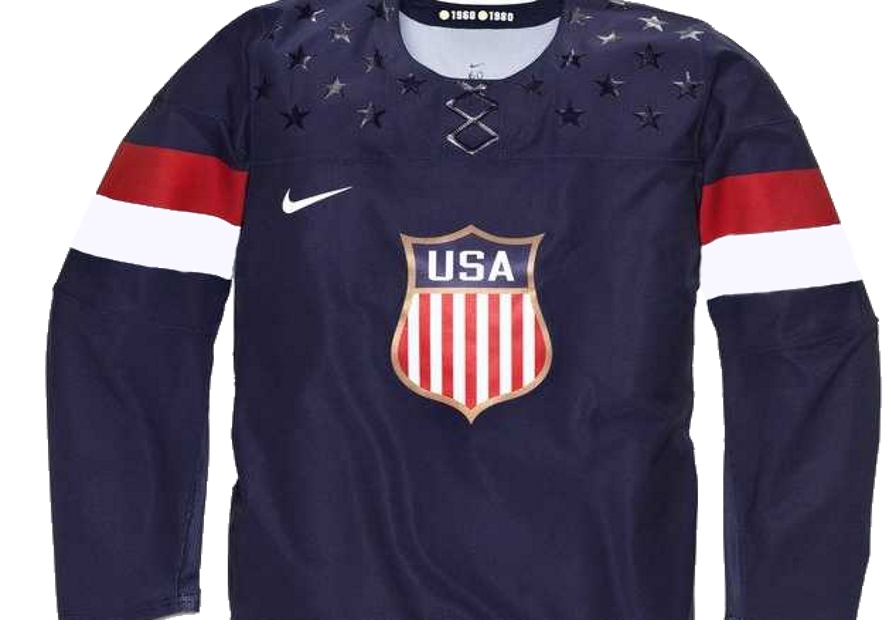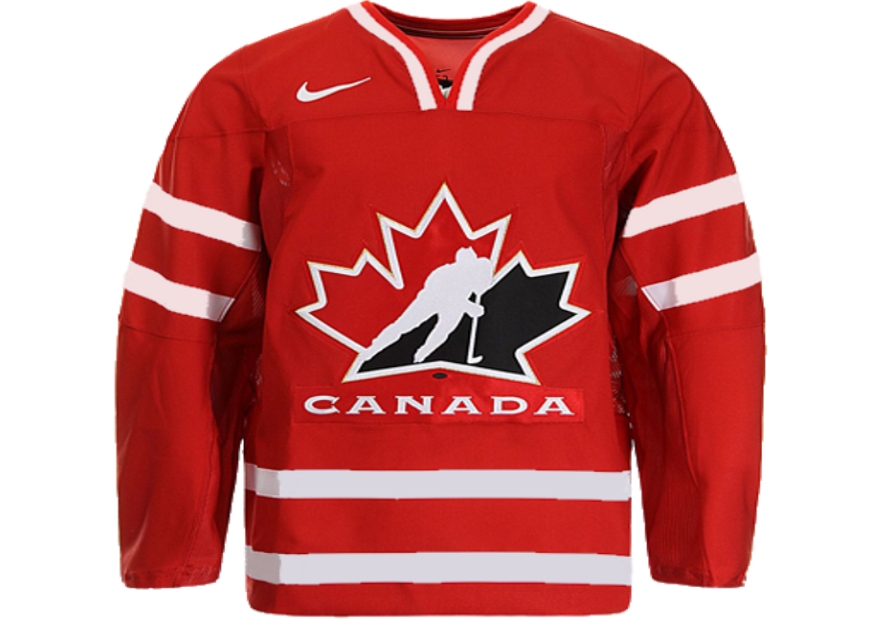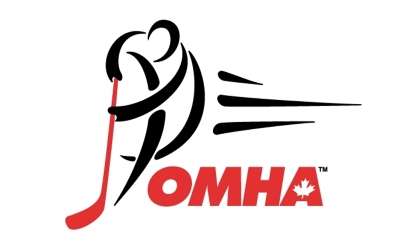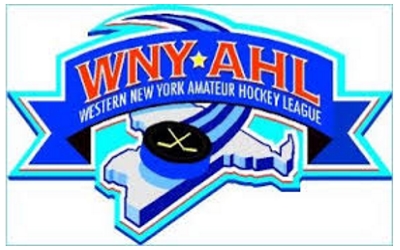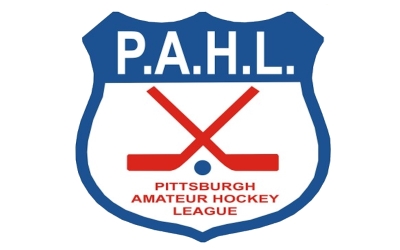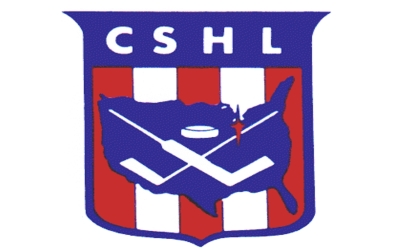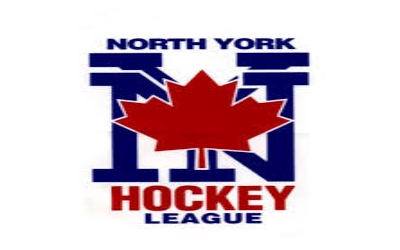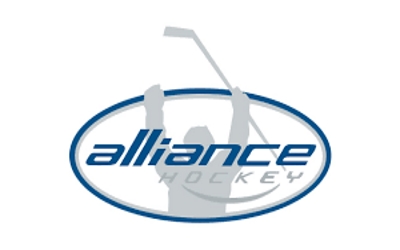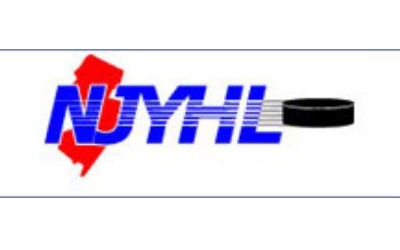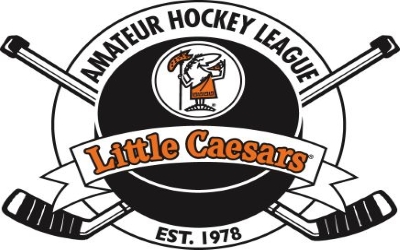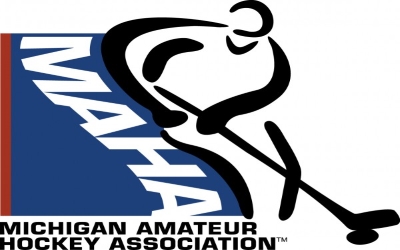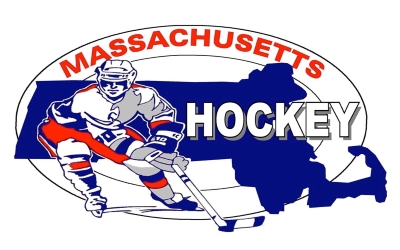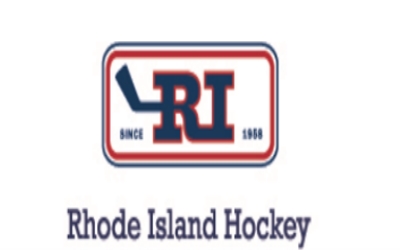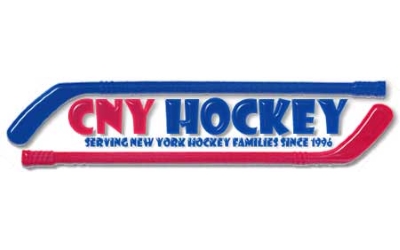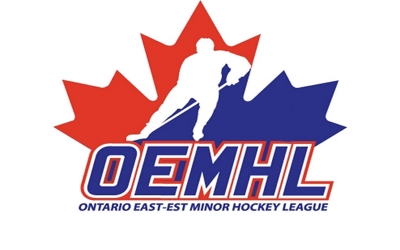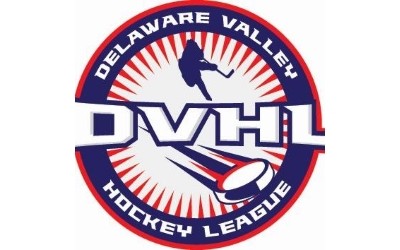With hundreds of classifications used by amateur hockey leagues, across the USA, and Canada, evaluating teams for tournament play requires a considerable amount of time and experience. For example, the Cleveland Suburban League uses the RPI system, and classifies teams as AA, A1, A2, A3, B1, and B2. In Massachusetts, teams are classified A, B, and C with the exception of the Boston Metro League. Michigan’s Little Caesars Hockey League classifies all minor teams as A, all major teams as AA, and has between 7-9 divisions consisting of 7-10 teams at each age level. Teams in the top 2 or 3 divisions are rank, and can compete with some AAA, and strong AA teams. Teams in the lower divisions are unranked, and may compete with weaker AA, A, and sometimes House Select teams. If that’s not confusing enough, many areas in the United States do not have separation between minor and major age players like you see in Canada, and certain parts of the United States such as Michigan.
So it is not safe to assume that an A2 team from the Cleveland Suburban League consisting of 5-8 major age players can compete with an A team from Massachusetts that may have all major age players and is considered the highest caliber classification in their perspective league. Likewise, although an unranked A team from the Little Ceasers League may compete well against other A teams, these teams have all minor age players, and with this age difference could be at a major disadvantage if they where to play other A teams from Cleveland and Massachusetts.
With this in mind, organizations that run too many tournaments (5 or greater) can not afford the time or effort required to properly screen their applications, and typically misplace teams because they don’t understand how classification differ across the United States, and Canada, or simple don’t care because they are just tying to fill their tournaments. I can’t tell you how many teams call me complaining that they were just cancelled out of some other tournament at the last minute. You may be asking yourself why this happens. Common sense will tell you that when an organization contracts with multiple ice facilities, and is obligated to pay for this ice time regardless of turnout, running 5, 10, and in some cases 50 tournaments per year makes filling all of their tournaments dates a top priority. Consequently, up-front all teams that apply are accepted, 4 teams can constitute a division, no consideration is made for teams that compete against each other in their perspective leagues, scheduling is last minute since the tournament is still looking for teams days before their event which may lead to a last minute cancellations, or salvaging the division by allowing an unqualified team free admission.
Each of our tournaments receives 100 to 130 applications. We screen each application based on birth year, and team classification which requires a certain amount of cross-referencing since in New Jersey a B team may not be equivalent to a B1 team from Cleveland, but may be equal to a MD team from Ontario. We then compare the applications against historical data that we have accumulated since 1990, which consist of approximately 3500 teams, and over 10,000 games results. By analyzing the trends within our own tournament results we can determine which classifications are compatible within reason, and make an initial assessment on how each team may compete, base on their classification. This initial screening sets the stage for a more qualitative screening step that takes into consideration each team’s league, and non league performance, tryout numbers, number of teams in their association, city population, league reputation, North American rankings when applicable, and other data points that may influence our assessment. Finally, teams are advised of our results, and when there is doubt, a mutual decision is made based on all of the facts allowing a team to back out with a full refund if neither party can provide reasonable assurances that the team can compete. We typically complete this process 4-5 weeks before the event and upon acceptance a team never has to worry about a last minute cancellation since a minimum of 5 other paid teams have been accepted for the perspective division. Scheduling, tournament formats, rules, directions, and other logistics are distributed in the form of a 25 page tournament guide 2-3 weeks prior to the tournament start date.
WHY GO TO ALL THIS TROUBLE? My objective is to provide a great out of town hockey tournament experience by placing your team in a balanced division where even those teams with losing records will have a chance to come away winners. Over the past several years I have been made many offers to run more tournaments, but as a hockey parent, the coach of a AAA team, and a Tournament Director I’ve turn down those offers knowing that choosing to run additional tournaments would be irresponsible considering it would be at the expense of my children, the players I coach, and the teams that look forward to participating in my tournaments.

